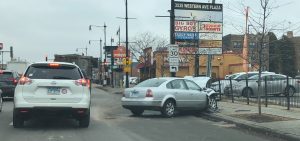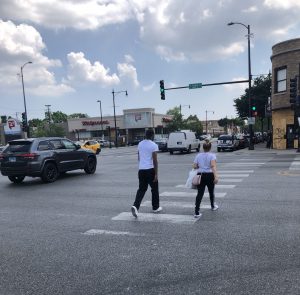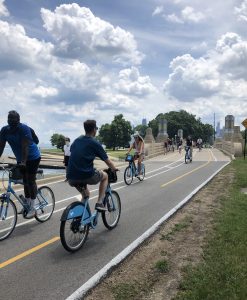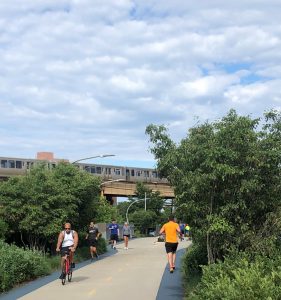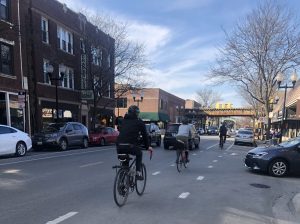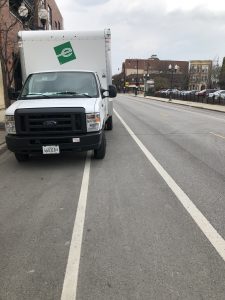There have been many changes to our city and state during the past several months as a result of coronavirus, including travel on the roads. While most stayed home during the lockdown beginning in March, causing fewer cars to be on the road, a study conducted by the Northwestern University Transportation Center found an increase in incapacitating or fatal crashes in Chicago. Specifically, the Center found that there was a 14% increase in speeding around the city. In fact, there was an increase in all categories of crashes except for those involving pedestrians. As our city and state begin to re-open, more and more drivers will return to the roads as well as more pedestrians making the likelihood of a crash even greater. When this happens, it is important for people to stay cautious and to pay attention to the other vehicles around them in order to avoid serious injury from a crash. Unfortunately, as these figures emphasize, it is impossible to truly eliminate reckless drivers and it is something we as the general public must always be ready to face.
The fact that there was an increase in incapacitating and fatal crashes around Chicago comes as no surprise to the lawyers of Zneimer & Zneimer, P.C., as we deal with personal injury matters related to car crashes daily. It is clear that even with fewer cars on the road, there will always be drivers who speed and drive recklessly regardless of the circumstances. No matter where and no matter when, the attorneys at Zneimer & Zneimer, P.C., know that crashes can happen in any situation and that drivers should stay vigilant in exercising safety precautions while on the road. As the restrictions around Chicago begin to lift and life begins to return to some normalcy, keep safe on the roads and continue to watch for reckless drivers.




